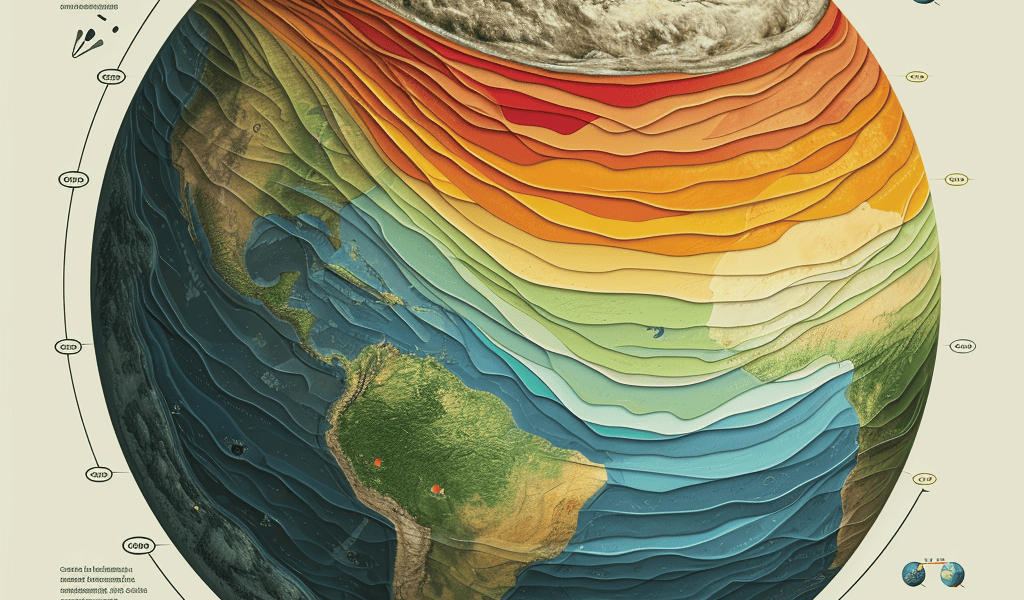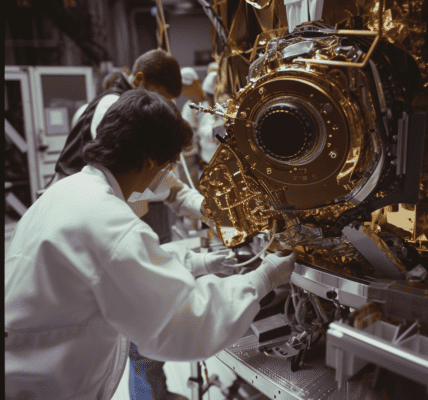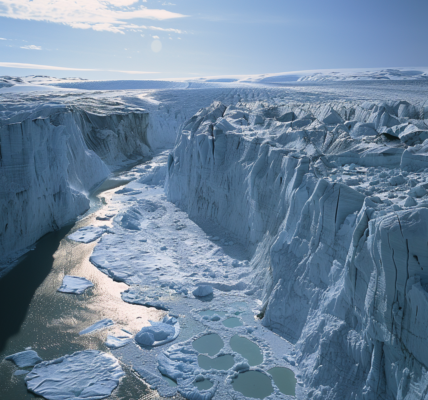Scientists have discovered that the concentration of atmospheric CO2 is currently at a record high of 419 ppm due to human activities, particularly the burning of fossil fuels. This has led to the highest levels of carbon dioxide in the atmosphere in 14 million years. The findings, published in the journal Science, are the result of an international effort involving researchers from the University of Utah.
The study involved examining a variety of geological markers to reconstruct Earth’s CO2 history, providing insights into the planet’s climate over millions of years. The research reveals that today’s atmospheric CO2 levels are unprecedented in the past several million years, primarily due to human-induced combustion of fossil fuels.
With the current concentration of 419 ppm, scientists are delving into Earth’s history to understand where this figure fits in. The Cenozoic era, which began 66 million years ago, serves as a critical period for this investigation. By analyzing a range of geological records, the team has been able to trace the evolution of CO2 concentrations throughout this era.
One of the study’s corresponding authors, U geology professor Gabe Bowen, highlighted the challenges in studying ancient CO2 levels. While ice cores provide direct evidence of CO2 levels dating back 800,000 years, the geological record offers insights into earlier periods. However, these proxies are indirect and require careful analysis to decipher past atmospheric conditions.
The study’s findings are depicted in a graphic that illustrates Earth’s atmospheric CO2 concentrations throughout the Cenozoic era, from pre-industrial times back 65 million years. These estimates, based on proxies encoded in the geological record, provide a comprehensive view of the planet’s CO2 history.





